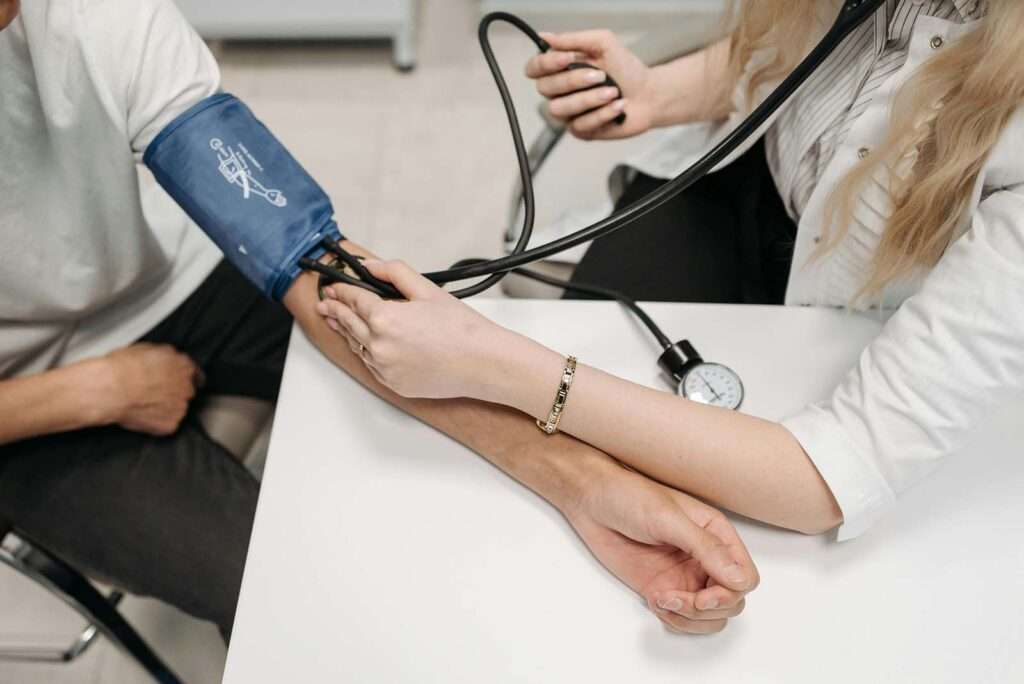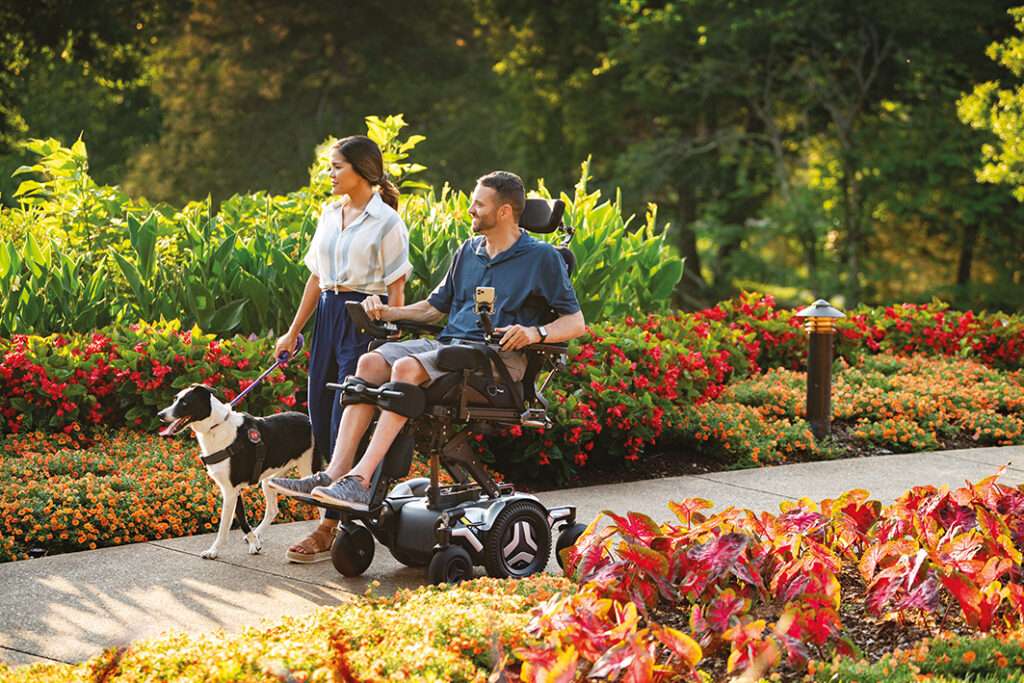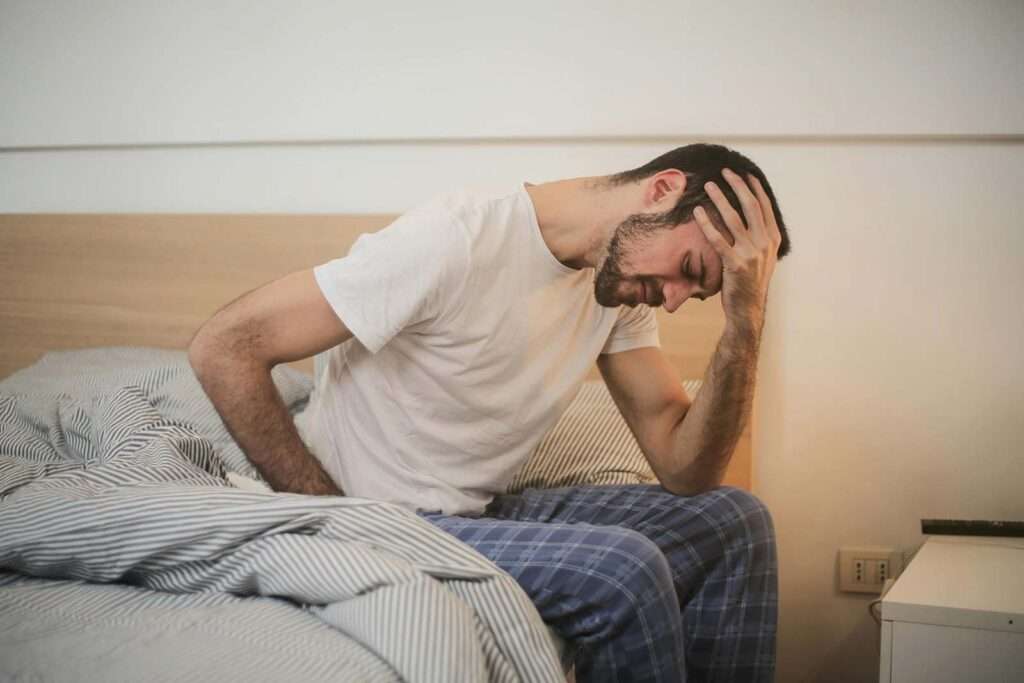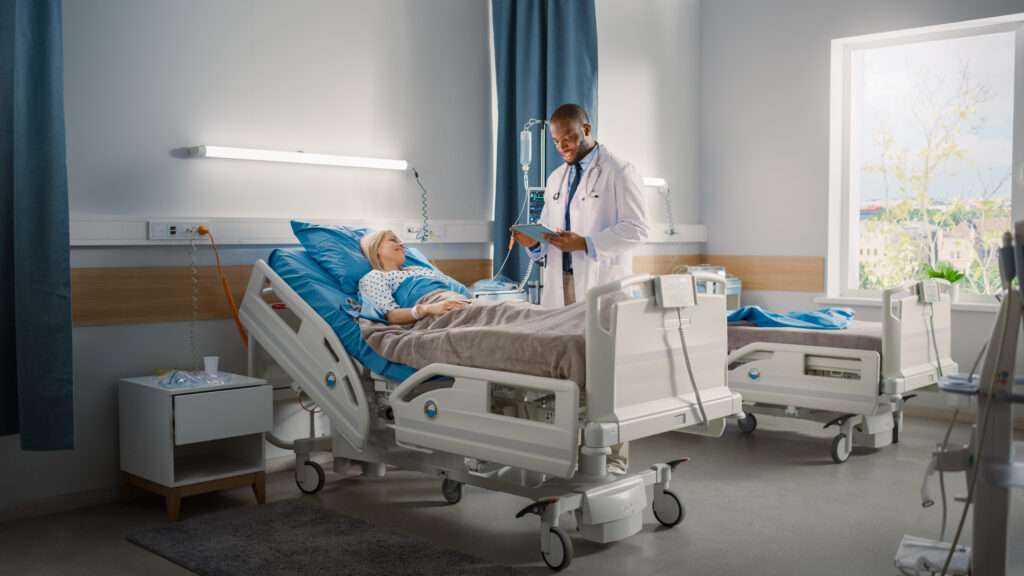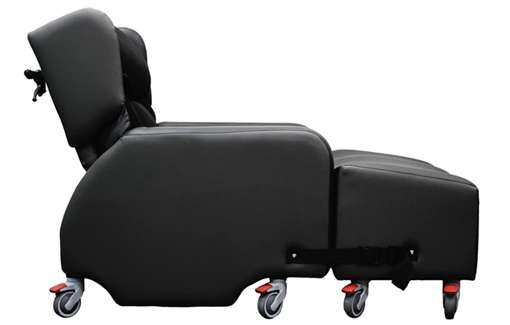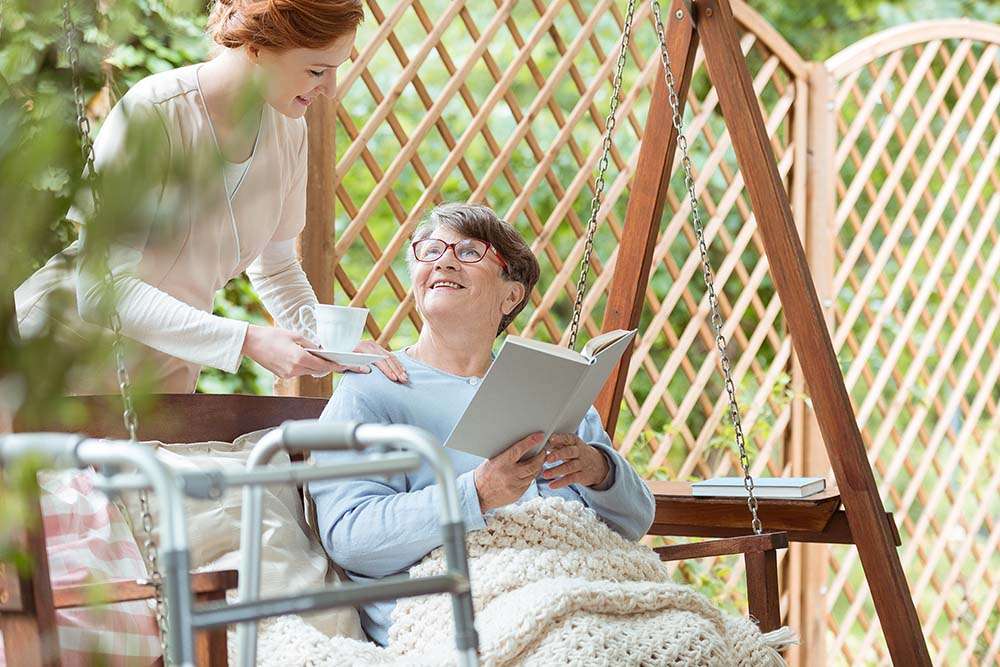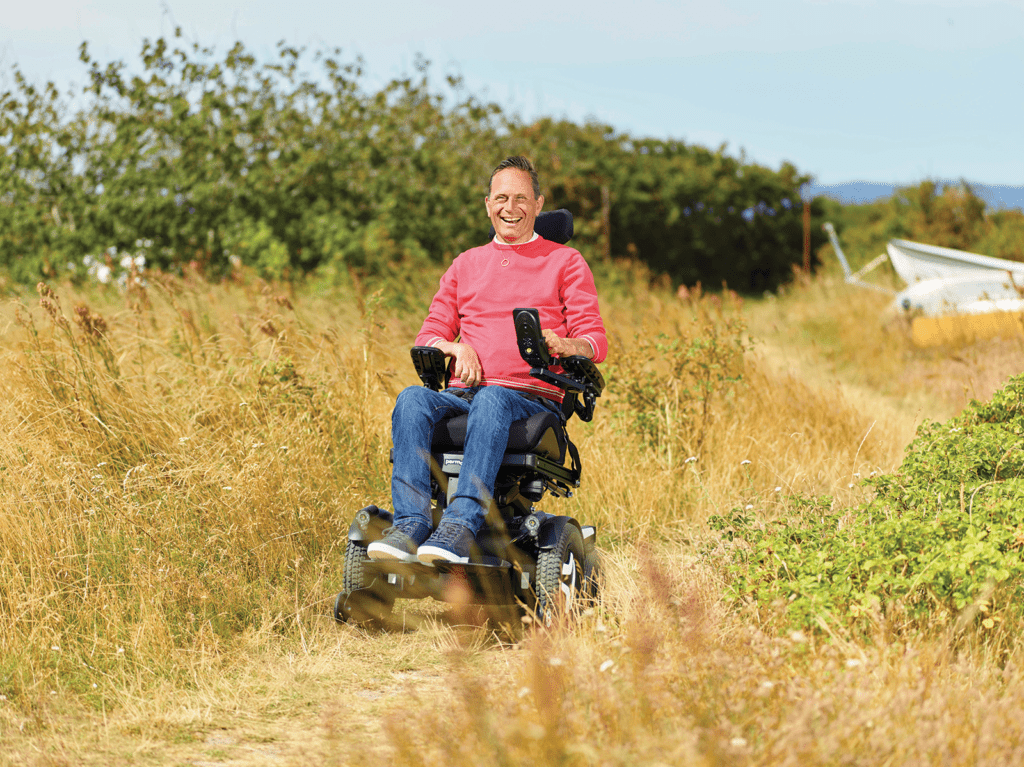What is VAT relief? In a nutshell, VAT relief (or exemption) is awarded to people who are disabled or chronically sick, allowing them to purchase particular items without having to pay 20% VAT.
Although it’s a very straightforward theory, it’s a bit more complex in practice. We’ve written this little guide in the hopes that we can help our customers and other individuals to understand if they are eligible for VAT relief.
Who can get VAT relief?
To be eligible for VAT relief, the person must be classed as ‘chronically sick or disabled’. This means that they have a long-term physical or mental impairment that substantially affects their ability to carry out everyday tasks.
Chronic illnesses and conditions such as diabetes and arthritis are covered, as is a terminal illness. Registered charities are also eligible for VAT relief as long as they show their charity number and buy the goods with charitable funds.
It is important to note that elderly frail individuals are not included in the list for eligibility, and those with temporary illnesses aren’t either.
So if you break a bone, that does not mean you are eligible for VAT relief. The disability or illness must be ongoing/permanent.
To claim VAT relief, the individual simply needs to fill out a declaration form citing their name, address, and disability. At Yorkshire Care Equipment, we keep this declaration on file for our customers so it doesn’t need to be filled out over and over again — the VAT will simply be removed from any future purchases with us.
No doctor’s notes, no prescriptions.
We also don’t require the beneficiary themselves to physically come in and purchase the goods. If there’s an approved form in your name, you’ll be exempt.
What items are eligible for VAT exemption?
This is where it gets a bit tricky. Not everything that is supplied to a VAT relief recipient is eligible for the exemption.
Items that are exempt are often referred to as ‘zero-rated’. For a product to be zero-rated, it must be able to assist the individual in some way to make day-to-day chores simpler.
For example, bath and mobility aids, bath lifts and incontinence pads are VAT exempt. Conveniently, arthritis aids are zero-rated as they assist the user who may otherwise struggle and aggravate their condition.
Some services are also VAT exempt. If the item needs to be installed, serviced or repaired, the cost of this will be VAT free.
Additionally, if the beneficiary needs an adaptation (e.g. — installing a wetroom), those services will also be relieved of the 20% VAT charge. Some hire equipment like powerchairs and hoists can be zero-rated, but it’s always worth checking first.
Summary
In summary, VAT relief is an excellent way to make mobility and care equipment more cost-effective to those who need it on a day-to-day basis. Benefitting disabled and chronically ill individuals, VAT exemption is a great way of making sure that quality of life can be maintained without having to break the bank with the extra 20% charge.
We hope that this guide will help with getting your head around the system, but we’re always available for a chat if you need any further clarification or advice!






